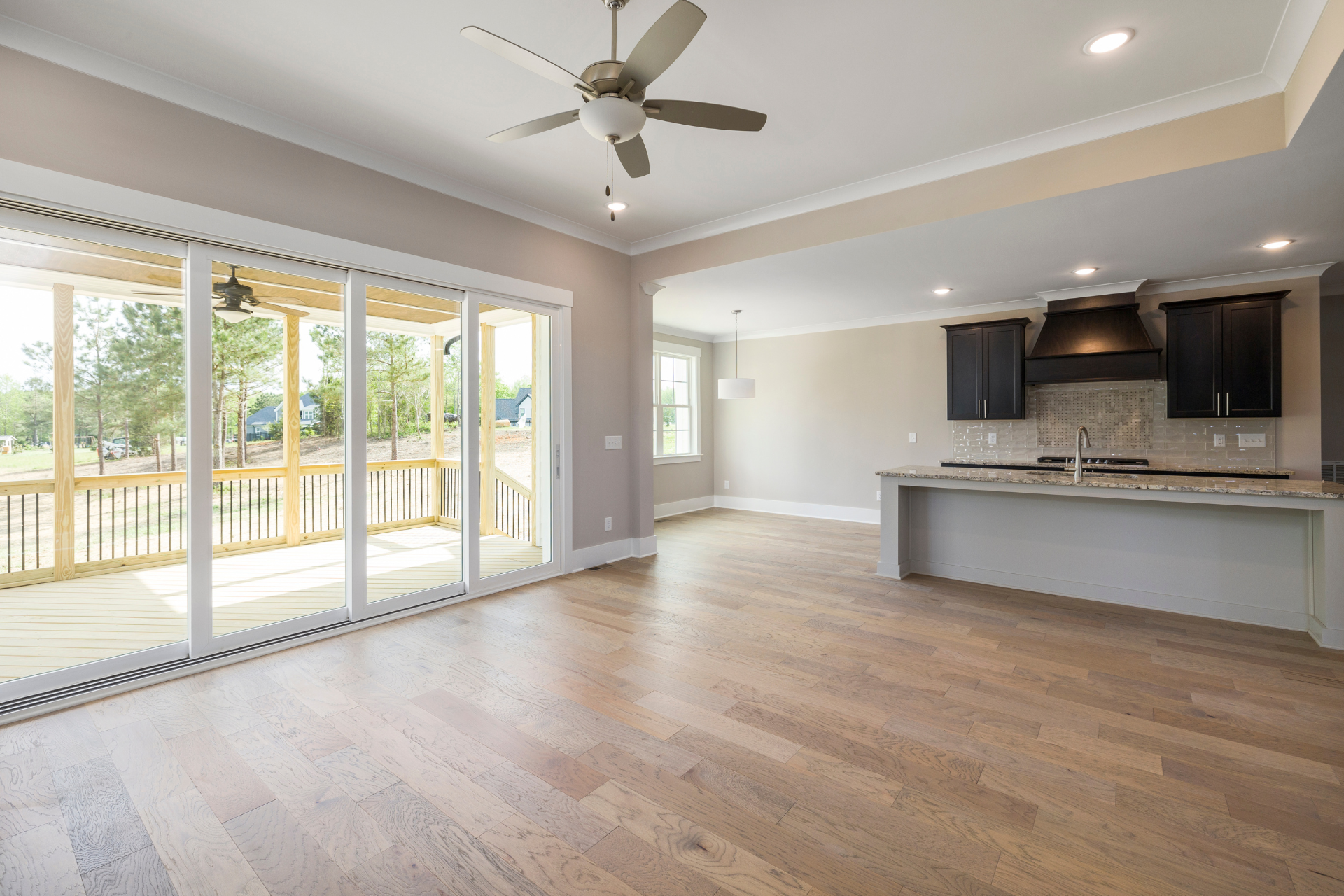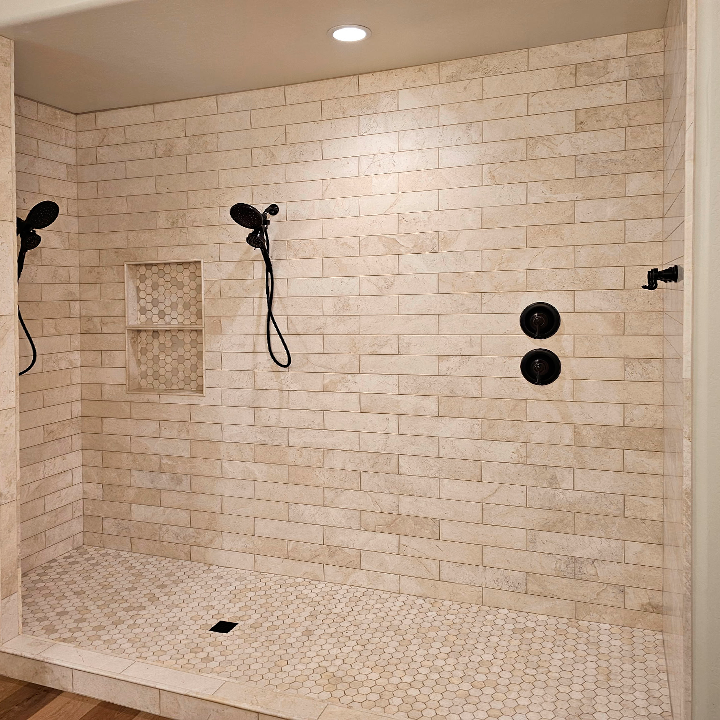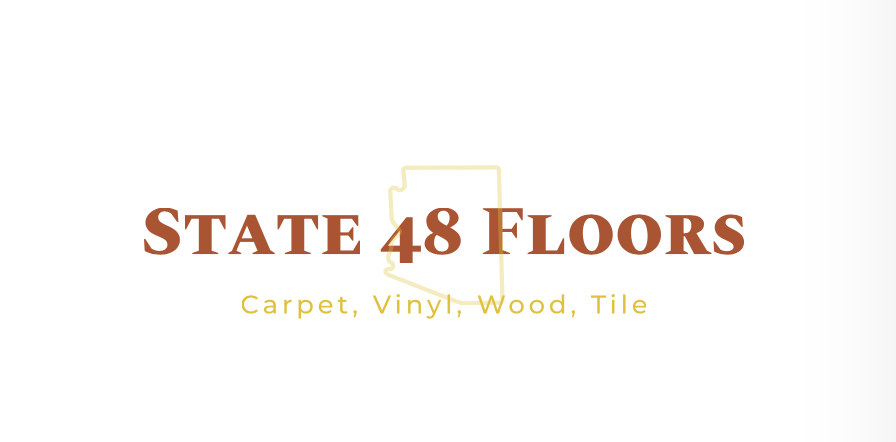
Slip hazards rise fast when dust, water, and smooth surfaces meet. In Arizona, monsoons, pool days, and daily in-and-out traffic make entries and bathrooms prime risk zones—especially for seniors. When you choose slip resistant flooring, you lower the chance of falls without sacrificing style. This guide explains how to read COF (Coefficient of Friction) ratings, why textured tile and matte finishes perform better when wet, and how to specify and maintain surfaces that actually grip.
What “Slip Resistant Flooring” Really Means
Slip resistance describes how much traction a surface provides underfoot. Manufacturers measure it using Coefficient of Friction (COF) tests, most commonly Dynamic COF (DCOF). In simple terms, higher wet DCOF numbers indicate more grip when the floor is damp or soapy. When you compare products, you make a smarter choice by checking the published wet DCOF and intended application.
You don’t need to memorize standards. You only need to confirm that the material lists a wet DCOF value suitable for indoor-wet or outdoor conditions and that the finish is not polished. If two tiles look identical, the higher wet DCOF tile almost always performs better as slip resistant flooring in entries, baths, and showers.
Why Arizona Homes Benefit From Slip Resistant Flooring
Arizona living combines dust, heat, and sudden storms. Dust settles on floors and acts like tiny ball bearings. Monsoon moisture and pool splashes create slick films on glossy surfaces. Families track water through thresholds, and bathroom steam adds condensation. Seniors face higher injury risk from slips, and caregivers need predictable traction for walkers and wheelchairs. By specifying slip resistant flooring–especially in entries and bathrooms–you reduce hazards while keeping cleaning simple.
COF Ratings Decoded (And How To Use Them)
Suppliers publish wet DCOF values on technical sheets. You can scan for three essentials:
- The wet DCOF number and a note on the test method.
- The intended use (indoor dry, indoor wet, exterior).
- The finish (matte, honed, structured/grip, or polished).
You then match the application to your space: use higher wet DCOF with matte or structured surfaces in wet zones; reserve polished finishes for dry living rooms and accent walls. This approach keeps the spec straightforward and effective.
Best Slip Resistant Flooring By Area
Entries and thresholds
Prioritize durable traction without visual clutter. Textured porcelain tile in matte or grip finishes handles grit and moisture well. Larger formats (12×24 or 24×24) create a clean look with fewer grout lines in the dry parts of the foyer. Add a scraper mat outside and an absorbent runner inside to catch water and dust before it spreads. If you prefer a wood look, low-gloss, embossed LVP offers reliable traction and easy maintenance.
Bathrooms and showers
Bathrooms need the highest slip protection inside the home. For showers, porcelain mosaics (1–2″) add grout lines that behave like built-in texture. Structured porcelain with a labeled grip surface performs well in soapy conditions. For main bath floors outside the shower, matte tile or low-gloss vinyl provides predictable grip and simple cleaning. You avoid large polished tiles around tubs or shower entries because water and polish never mix well.
Senior-friendly halls, kitchens, and bedrooms
Long hallways benefit from embossed-in-register LVP that keeps traction consistent and supports smooth rolling for walkers or wheelchairs. Bedrooms and quiet sitting areas can use low-pile carpet to add cushion while keeping maintenance reasonable. In kitchens, a matte porcelain or low-gloss LVP balances wipe-clean ease with grip for daily cooking splashes.
Design Choices That Enhance Slip Resistance
You can make smart, style-forward decisions that also improve safety. In wet zones, choose smaller tile or mosaics to increase grout texture; in drier zones, use larger formats for a modern look and fewer joints. Specify matte wood-look planks to keep rooms warm and visually calm. Pick grout colors that contrast slightly with tile edges so steps and slopes remain visible. Keep transitions flush or gently ramped to prevent catches with mobility aids.
Lighting matters as much as texture. You reduce slips when you light the floor plane well, add motion-sensor night lights along hallways and in bathrooms, and avoid glare that hides water. Contrast along curbs, thresholds, and shower entries helps every user see depth changes clearly.
Cleaning Makes Slip Resistant Flooring Work Better
Maintenance keeps traction consistent. Dust, soap film, and oily residues defeat even the grippiest textures. Use pH-neutral cleaners, rinse thoroughly, and avoid products that leave a slick film. Add felt pads to furniture to prevent burnished “polish spots” on matte surfaces. If you choose natural stone, seal on schedule with a sealer that preserves a honed or matte appearance.
Installation Details That Preserve Traction
Great specs need great installation. In showers, your installer should pitch the pan correctly so water drains and puddles don’t linger. Slightly wider grout joints in wet zones add texture and help water move. Thresholds should sit flush or transition with a gentle reducer. If you need to improve an existing slick tile, anti-slip etching or clear grit coatings can boost friction without a full replacement—ask for a test on a small area first.
How To Evaluate Slip Resistance (Quick Steps)
- Check the spec sheet for a published wet DCOF and intended application.
- Choose a matte or grip finish for any space that gets wet.
- Test a sample at home: mist water on both a matte and polished piece under your lighting.
- Match tile to zone: large-format matte at entries; mosaics or structured tile in showers.
- Confirm install details: shower slope, grout width, flush transitions, and a pH-neutral cleaning plan.
FAQs About Slip Resistant Flooring
Do I need a special “shower-only” tile?
You don’t need a special category, but you do need mosaics or structured porcelain with a matte/grip finish and sanded grout for traction and drainage.
Can I use polished stone in a bathroom?
Use polished stone only in dry areas. For baths and showers, choose honed or matte finishes. They deliver the look you want with the grip you need.
Will textured tile be harder to clean?
With neutral cleaners and a soft brush for occasional deep cleans, textured tile stays easy to maintain. The added safety outweighs the slight increase in effort.
Is LVP considered slip resistant flooring?
Yes—when you choose low-gloss wear layers and embossed textures. Keep seams tight and transitions flush, and wipe spills promptly.
The Bottom Line
You reduce fall risk dramatically when you specify slip resistant flooring with higher wet DCOF values, matte finishes, and textured tile in the right areas. Pair those choices with good lighting, clear transitions, and residue-free cleaning, and your home stays beautiful and confident underfoot—especially for seniors.
Ready To Upgrade To Slip Resistant Flooring?
At State 48 Floors we have everything you need! We have a large variety of samples, explain COF ratings in plain language, and help you choose finishes that match your design and safety goals.
Visit us in-store or contact us through our website, we are available to provide your ideal flooring
Be a part of our community • Facebook and Instagram
We help Arizona homeowners specify, install, and maintain slip resistant flooring that looks great while standing up to real life.



